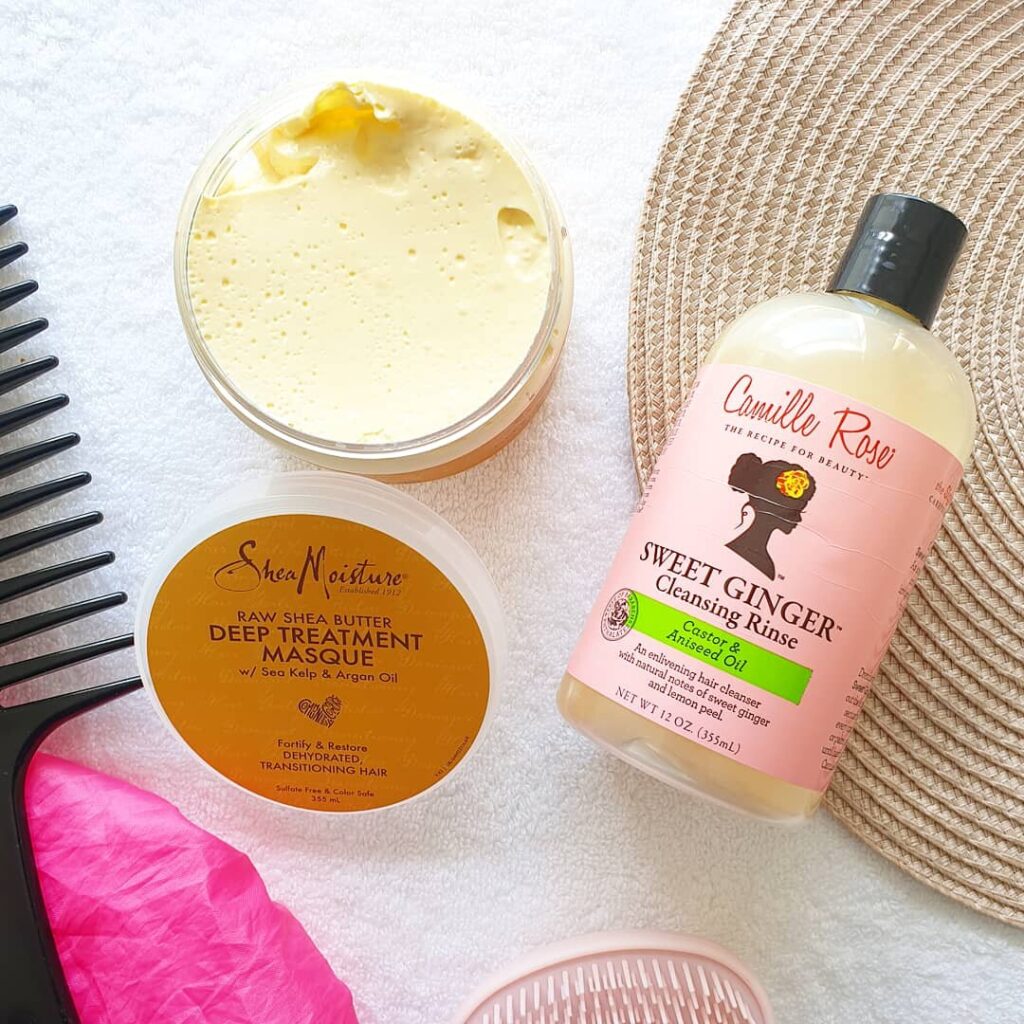
For centuries, humans have sought ways to keep their hair clean and healthy. While modern shampoos offer convenience and effectiveness, it’s fascinating to explore the diverse methods people used before this invention. This article delves into the world of pre-shampoo hair care, uncovering the natural ingredients and practices that were once commonplace.
From ancient civilizations to more recent times, we’ll examine how people around the world tackled what did people use before shampoo and how did people wash their hair before shampoo. We’ll also explore the potential benefits of these traditional methods for modern hair care.
Natural Hair Care Practices
Before the advent of mass-produced shampoos, natural ingredients were the primary tools for hair care. These practices often involved a combination of cleansing agents, conditioning elements, and even protective measures against sun damage and insects. Many cultures developed unique rituals and techniques passed down through generations.
In some regions, women would braid their hair tightly to protect it from dirt and debris. Others used natural oils like coconut or olive oil to moisturize and condition their strands. These practices often incorporated herbs and plants known for their beneficial properties. For example, rosemary was believed to stimulate hair growth, while nettle was thought to strengthen the scalp.
Pre-Shampoo Cleansing Methods
The absence of modern shampoos didn’t mean people went without cleansing their hair. They developed various methods using readily available resources. One common practice involved rinsing hair with water from natural sources like rivers or springs. This helped remove loose dirt and debris, although it wasn’t as effective at removing oil buildup.
Another method involved creating a lather using plant-based ingredients. Soapwort root, for instance, contains saponins that produce a natural lather when mixed with water. This lather could be massaged into the scalp to cleanse hair and remove excess sebum.
The Role of Ashes
In some cultures, ashes from burned wood or plants were used as a cleansing agent. These ashes contained alkaline properties that helped neutralize the acidity of the scalp and hair. They were often mixed with water and applied as a paste to the hair, followed by rinsing. While effective for removing dirt and oil, this method could be harsh on sensitive scalps.
Traditional Ingredients for Hair Washing
A wide range of natural ingredients were employed for what did people use before shampoo. These ranged from readily available plants to animal fats and even clay.
Herbs and Plants
Herbs like rosemary, nettle, chamomile, and lavender were often incorporated into hair washes due to their perceived benefits. Rosemary was believed to stimulate hair growth, while nettle was thought to strengthen the scalp. Chamomile was used for its soothing properties, and lavender for its calming scent. These herbs were either brewed as teas or added directly to water for rinsing.
Animal Fats
In some cultures, animal fats like lard or tallow were used to create a lathering agent. These fats helped condition the hair and scalp, leaving it feeling soft and manageable. However, this method could be heavy and greasy for some hair types.
Clay
Clay was another popular ingredient in pre-shampoo hair care. Different types of clay possessed unique properties. Bentonite clay, for instance, is known for its ability to absorb excess oil and impurities from the scalp. It was often mixed with water and applied as a paste, followed by rinsing.
Benefits of Natural Hair Care
While modern shampoos offer convenience and effectiveness, there are potential benefits to incorporating natural hair care practices into your routine.
Gentler on Scalp and Hair
Many natural ingredients are less harsh than synthetic chemicals found in some commercial shampoos. This can be beneficial for people with sensitive scalps or those prone to irritation.
Sustainable and Eco-Friendly
Natural hair care products often rely on readily available resources and biodegradable ingredients, making them a more sustainable choice compared to mass-produced shampoos that often generate plastic waste.
Conclusion
The history of what did people use before shampoo reveals a fascinating array of natural ingredients and practices employed for centuries. From ashes and herbs to animal fats and clay, these methods demonstrate the ingenuity and resourcefulness of our ancestors. While modern shampoos offer convenience, exploring these traditional techniques can provide valuable insights into hair care and potentially inspire a more sustainable and gentle approach to maintaining healthy hair.
